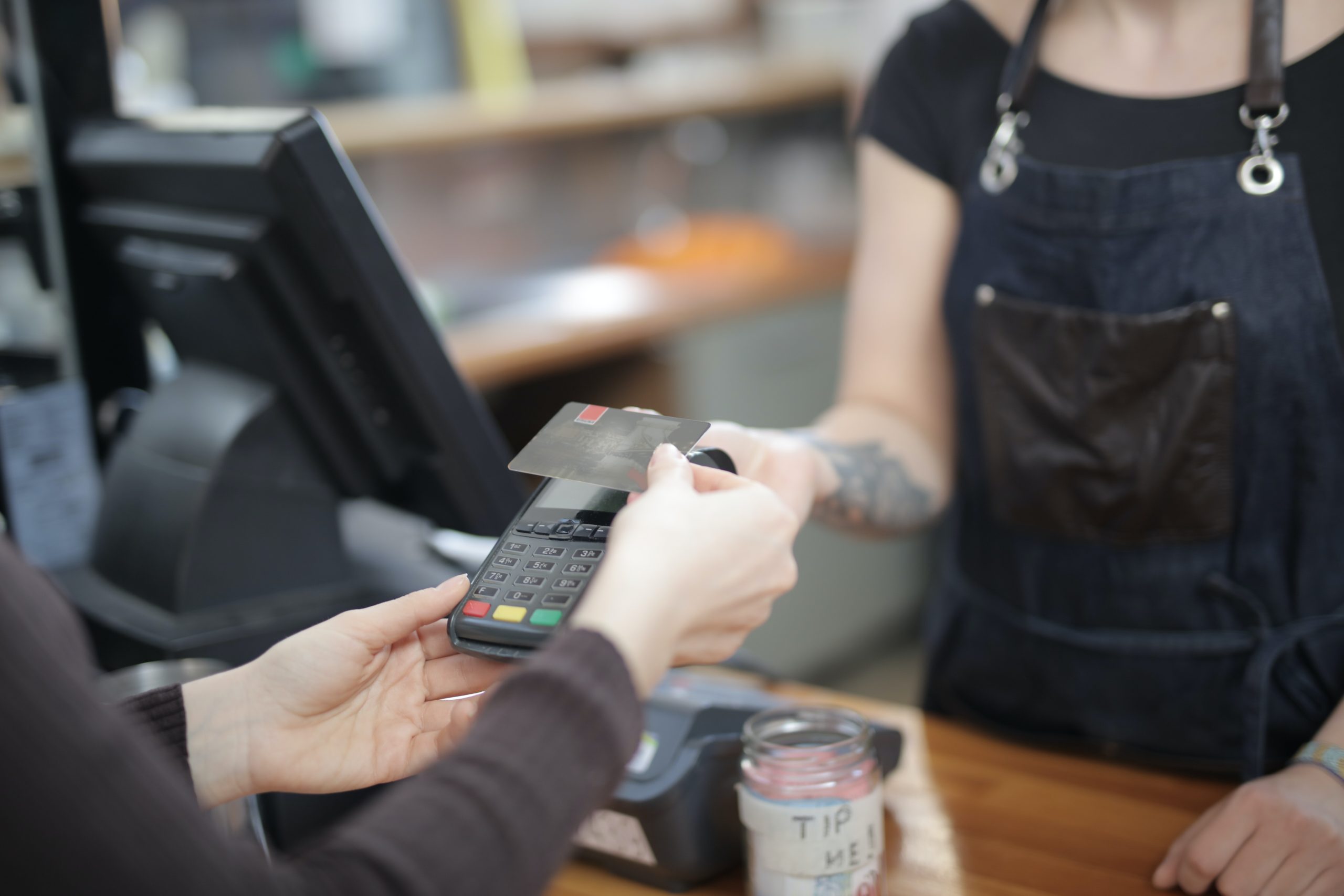Credit card interchange is one of the most difficult aspects of payment processing. But interchange fees usually make up 70-80% of credit card processing costs – this means that a small reduction in interchange fees (on a percentage basis) can make a huge difference for your business.
In this article, we tell you what you need to know about credit card interchange.
What are Credit Card Interchange Fees?
Interchange fees are transaction fees assessed by and paid to the bank that issued the credit card used for a specific payment to the merchant. Also called “bank fees” or “swipe fees”, interchange fees make up the largest portion of the credit card processing fees businesses pay for credit card transactions.
How are Interchange Fees Charged to a Business?
Like card brand fees, interchange fees do not change depending on the payment processor – and they do not go to the processor, but to the card brands and the banks. The combination of card brand fees and interchange fees is called wholesale fees.
The payment processor adds processor fees to the wholesale fees, which results in the total credit card processing fees on your statement. The processing fees can vary a lot depending on what credit card pricing structure is used by the payment processor.
Check your credit card processing statement to see how much you are currently paying in interchange fees.
Getting familiar with interchange fees can help you spot costly problems for your small business.
Read on to learn about the different factors that might be affecting your interchange fees.
How Are Credit Card Interchange Fees Calculated?
Think of interchange fees like tolls on a highway where the amount you pay depends on a variety of factors.
In the case of tolls, it could depend on things like the type of vehicle you’re driving, the time of day you’re commuting, the distance you’re traveling, and the type of road you’re on.
Interchange works much the same way, and there are four main factors that determine how much you pay in interchange fees.
1. Card Type
There are hundreds, if not thousands, of different card types out there. Debit cards, rewards cards, prescription cards, prepaid cards, business cards – you name it. And each type of card comes with a different fee.
Debit cards, for instance, generally come with relatively low fees since they pose a low risk of fraud to the bank. Rewards cards, by contrast, typically charge higher rates so the banks can afford to pay out the rewards to the cardholders. (Yes, you read that right: your business effectively pays for all those airline miles and cash back rewards your customers earn.)
2. Transaction Method
There are two main types of transaction methods: card-present and card not present.
A card-present transaction happens when a customer pays with a card in person, while a card-not-present transaction occurs when they pay another way, such as over the phone or online.
Since card-present transactions allow you to verify the user’s identity and check for other possible signs of fraud, they pose less risk to the bank and therefore have lower fees.
While there are ways to reduce the odds of fraud, card-not-present transactions almost always come with higher interchange fees.
3. Industry
Based on an extremely complicated (and sometimes outdated) set of guidelines, the major card brand networks (primarily Visa and Mastercard) determine how much your business pays based on what type of industry you’re in.
For example, a doctor’s office might be charged a lower percentage than a restaurant.
Unfortunately, the only resources available to help you determine the specific rates for your industry are more confusing than they are informative. If you’re interested in finding out more, you can review one of these documents here.
4. Errors
When banks notice an error in a transaction – say you forgot to close your batch at the end of the night or failed to key in the card’s zip code for a transaction – it flags it as a potential sign of fraud.
Since fraud poses a risk to the bank, the bank will assign a downgrade to your account and charge a higher interchange fee to mitigate its risk.
If you notice your rates are going up and you’re not sure why, call your processor. It’s possible your bank assessed a downgrade because they noticed something atypical, even if there’s a reasonable explanation and an easy fix.
Do Interchange Fees Change?
Yes, interchange fees typically get updated twice per year by the major credit card brands, as mentioned by Visa and Mastercard.
Interchange fees can also change based on circumstances out of your control.
For example, during the COVID-19 pandemic many businesses started processing more online, card-not-present transactions while their physical shops remained closed. Interchange is typically higher for card-not-present transactions, meaning the overall interchange fees went up.
And a sudden shift to card-not-present transactions may look like a sign of fraud to your bank, possibly resulting in a downgrade of your account. Calling your payment processor and having them recategorize your business as primarily card-not-present could save you hundreds of dollars a month on unnecessary downgrade fees.
If you have questions about interchange rate changes or why you’re being charged what you are, call your payment processor. They can walk you through the various fees and also help identify places where you might be paying more than necessary.
If you still have questions, give us a call at 866-701-4700 or email [email protected].
By Ashlie Blaske, Business Analyst
This post was adapted from “Credit Card Processing 101: Understanding the Basics of Credit Card Interchange,” part of the free Gravity Talks webinar program.




